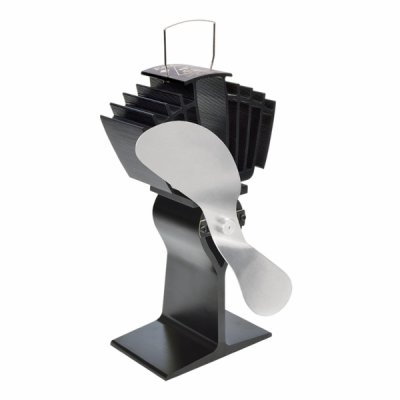For you PNW guys, I'm looking at a boat that has a Dickinson Pacific Diesel Cook Stove in the galley. According to the website it is rated at about 16,000 btu on high level.
That's not very impressive. A single burner on my home stove is 18k to 28k and cooks okay. Ovens are even hotter.
How effective is something like this at cooking?
And if it's designed to heat the cabin, then that means the the heat isn't focused on the pot or oven. 16k btu might take the chill out of the air of the deckhouse (chimney runs through the pilothouse above), but no way this will send heat down to the cabins below. So that means installing a bulkhead heater down below.
Nostalgia aside, it seems like it's not really very effective at cooking and perhaps that's why there is an electric hot plate next to it on the counter.
That's not very impressive. A single burner on my home stove is 18k to 28k and cooks okay. Ovens are even hotter.
How effective is something like this at cooking?
And if it's designed to heat the cabin, then that means the the heat isn't focused on the pot or oven. 16k btu might take the chill out of the air of the deckhouse (chimney runs through the pilothouse above), but no way this will send heat down to the cabins below. So that means installing a bulkhead heater down below.
Nostalgia aside, it seems like it's not really very effective at cooking and perhaps that's why there is an electric hot plate next to it on the counter.


